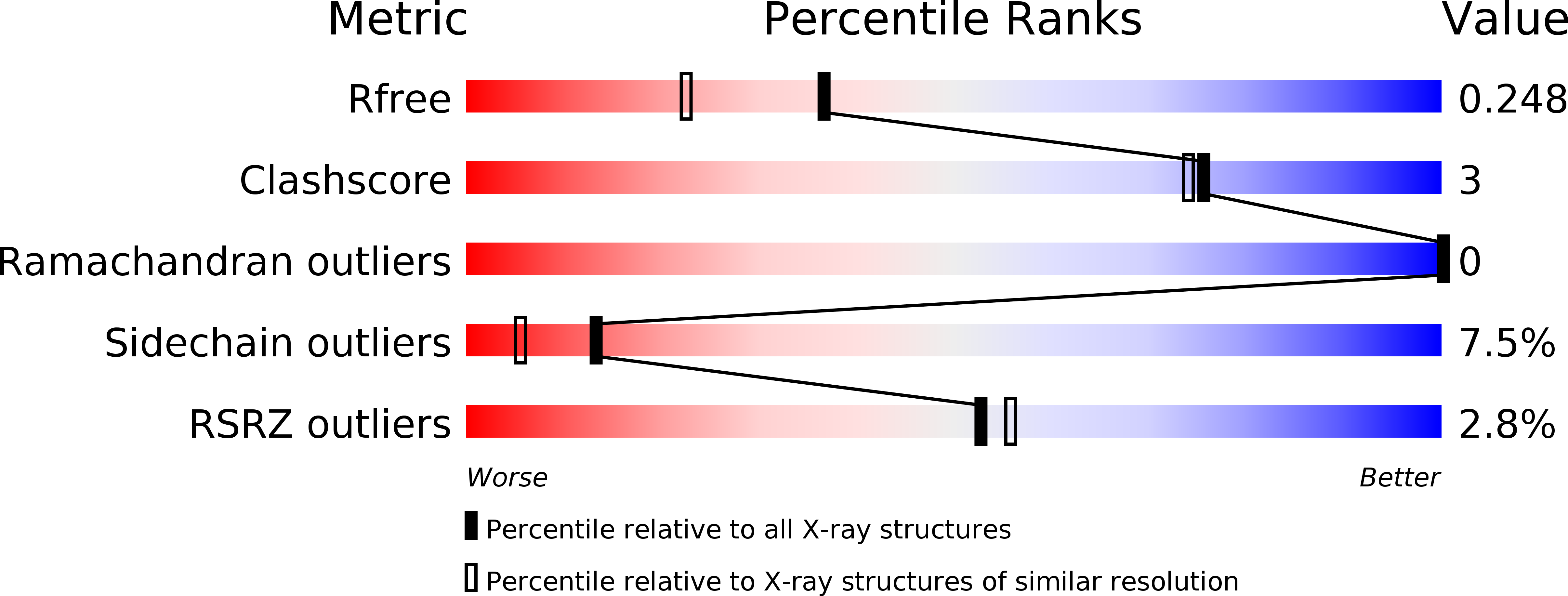
Deposition Date
1999-02-02
Release Date
1999-02-09
Last Version Date
2023-08-09
Method Details:
Experimental Method:
Resolution:
1.90 Å
R-Value Free:
0.27
R-Value Work:
0.17
Space Group:
C 1 2 1


